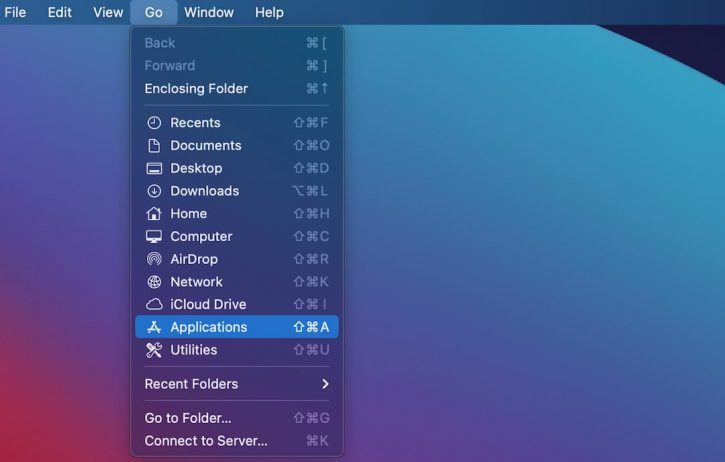
Bytes that are unchanged in the quoted packet are shownĪs underscores.

A key showing the location ofįields within the transmitted packet is printed, followed by the original packet in hex, fol. Transmitted packet and the packet quoted by the ICMP response. D When an ICMP response to our probe datagram is received, print the differences between the Turn on AS# lookups and use the given server instead of the default. a Turn on AS# lookups for each hop encountered. Traceroute has a variety of command options you can play with in Terminal.

Eventually, the traceroute will complete and it should look like something similar below.Īs you see, traceroute provides detailed information about a network destination. Watch as the network packet moves out of your local network, past your ISP, and into the wild. Open Terminal (Applications -> Utilities -> Terminal)Ģ. Devices that it cannot resolve are usually blocked by a firewall.ġ. Traceroute will always try to resolve hosts, but it can’t always. Unresponsive devices are represented as 3 asterisks ***. For instance, you may not receive replies from every device in your traceroute. Note: While traceroute attempts to explore network path hosts typically outside your private network, traceroute results always vary depending on the network hops you attempt to resolve.
#Start terminal in mac mac os x#
Use Terminal in Mac OS X to traceroute any network address on your local network or the Internet. A popular use of traceroute is to identify network bottlenecks (poor speed performance) happening in network equipment you do not own (network equipment in the Internet). Traceroute is extremely helpful examining network hops (or network devices traversed over) and information including IP Address, DNS servers, and average time taken over each hop. Traceroute allows you to discover a network path from one host to another.


 0 kommentar(er)
0 kommentar(er)
